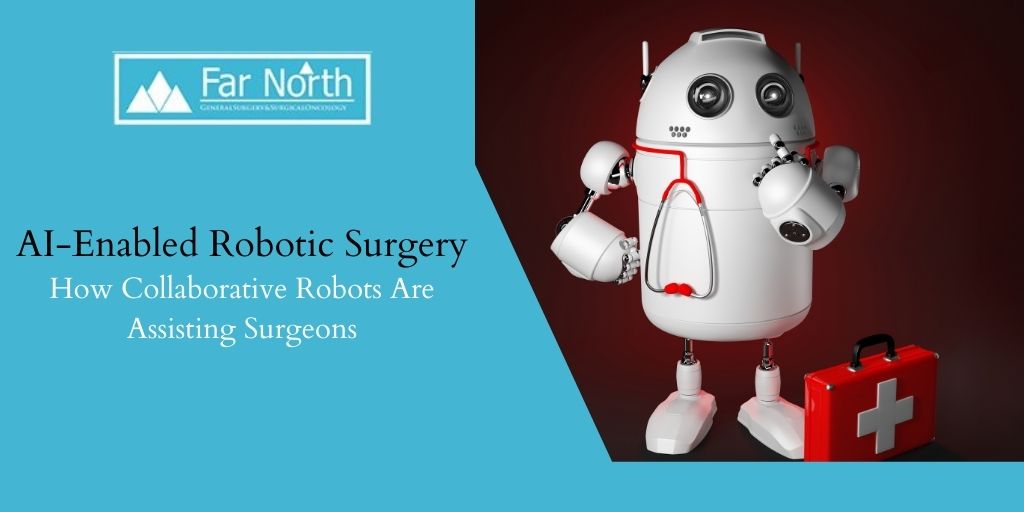


Who knew technology would reach such heights someday that robot-assisted surgery would be a possibility? Advances in technology and Artificial Intelligence (AI) have brought robots into the operation room (OR), assisting surgeons while they perform surgery. Robotic surgery is a revolutionary concept which essentially integrates the expertise of skilled surgeons with advanced computer technology.
Inside the operation room, precision, timely assistance, and the surgeon’s expertise are the key to success. This is where surgical robots come into action. A surgical robot is a computer-controlled device designed to assist with the manipulation and positioning of surgical instruments, enabling the surgeon to dedicate all his attention to the intricate parts of the surgery. Surgical robots offer unparalleled control in terms of speed and movement, minimizing hand tremors and avoiding accidental hand movements. This allows the surgeon to operate with increased flexibility, precision, agility, and greater control, especially during surgeries that are physically demanding.
Artificial Intelligence (AI) is an indispensable factor when it comes to the evolution of robotic surgery. AI-based algorithms combined with the precision and control of surgical robots are revolutionizing the way we look at surgeries in this age. It has the power to simplify the medium of interaction between surgical robots and surgeons, with the help of deep machine learning data. For instance, it can recognize and determine the movements and patterns of a surgeon during surgery and then convert them into actionable commands for the robot. Thus, AI collects data over time by watching surgeons perform.
With the help of all the collected data and algorithms, AI assists surgical robots with reasoning and performance of cognitive functions like decision-making, problem-solving, speech-recognition, and more. AI and surgical robots also help analyze scans and surgeries, detect cancers, and facilitate instrument positioning.
The applications of robotic surgery have grown steadily over the years. Surgical robots can replicate the patterns and motions of the surgeon with enhanced precision. For instance, in hair transplant procedures, surgical robots can extract hair follicles and implant them onto the balding area on the scalp, by maintaining the desired force and speed.
In kidney surgery, the option of the assistance of surgical robots in laparoscopy is gaining immense preference. As compared to the standard open surgery, the robotic laparoscopic surgery is minimally invasive, resulting in reduced blood loss and quicker recovery.
While treating cardiovascular disease and illness, robotic surgery is the preferred alternative to traditional heart surgery. While the latter requires the breastbone to be split, robotic surgery can be performed through small incisions between the ribs.
Robotics and AI have proved to be a priceless asset for surgeons across the globe by enhancing surgery outcomes and impacting countless lives worldwide.
To learn more about AI-enabled robotic surgery, contact us.